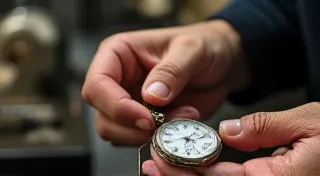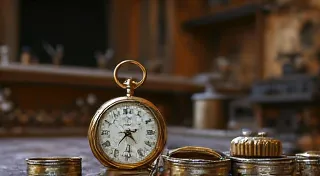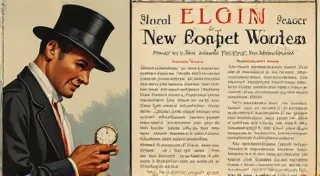The Value of Antique Pocket Watches: Factors Affecting Price
Collecting antique pocket watches is a rewarding hobby, blending history, craftsmanship, and potential investment. However, understanding what makes a pocket watch valuable can be complex. The price of an antique pocket watch isn't simply based on its age; a multitude of factors come into play. This article will explore those key factors, helping you navigate the fascinating world of pocket watch valuations.
Rarity: The Elusive Charm
Rarity is often the most significant driver of value. The fewer examples of a particular model exist, the higher its potential price. Rarity can stem from several sources:
- Limited Production Runs: Some manufacturers produced watches in very small quantities, often for specific clients or markets.
- Unique Features: Pocket watches with unusual complications (like minute repeaters, perpetual calendars, or moon phases) or distinctive dial designs are less common.
- Manufacturer Reputation: Watches made by renowned manufacturers like Patek Philippe, Vacheron Constantin, and Rolex (though Rolex pocket watches are relatively scarce) tend to command higher prices due to their historical significance and quality.
- Material Scarcity: Watches made with precious metals (gold, platinum) or utilizing rare materials in their movements contribute to their rarity.
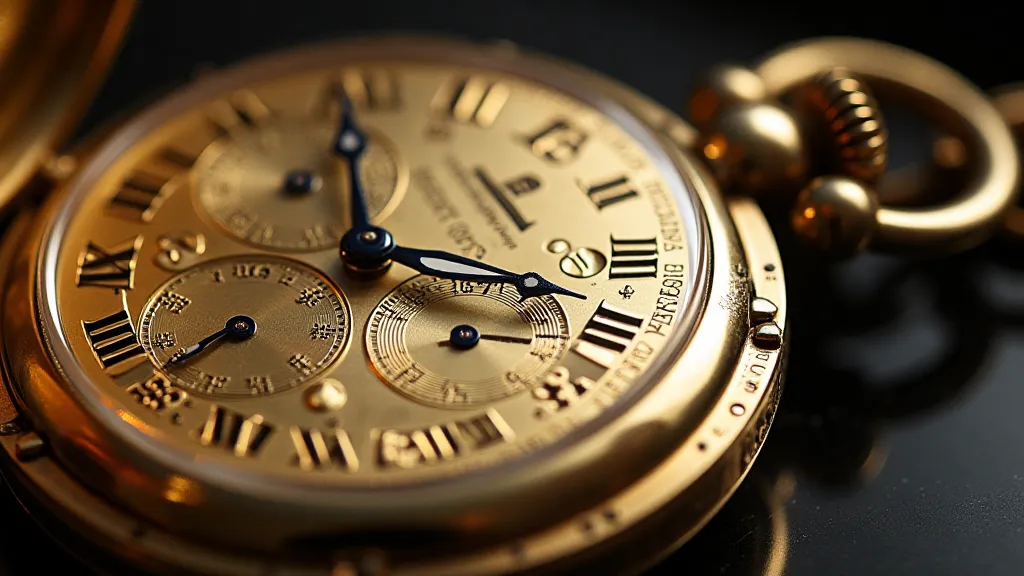
Condition: A Crucial Element
The condition of a pocket watch drastically influences its value. Collectors prefer watches that have been well-maintained and exhibit minimal wear. Factors to consider include:
- Movement Functionality: A working movement is paramount. While repairs are possible, a non-functioning movement lowers the value.
- Dial Condition: Cracks, chips, fading, or significant damage to the dial significantly reduce value.
- Case Integrity: Dents, scratches, and other case damage detract from the watch's aesthetic appeal and decrease its value.
- Originality: Collectors generally value watches with original parts and avoid those with significant replacements or alterations.
However, patina and signs of age are not always detrimental. A slight patina on the dial, for instance, can be appreciated by some collectors as a mark of authenticity and history.
Provenance: Telling the Story
Provenance, or the history of ownership, can substantially impact a pocket watch’s value. A documented history, demonstrating previous ownership by a notable figure (royalty, historical icon, or significant collector) significantly increases its desirability and price. Documentation can include:
- Original Sales Receipts: Provides verifiable proof of purchase.
- Letters or Correspondence: Relating to the watch's ownership.
- Family Records: Tracing the watch’s lineage through generations.
Even a partial provenance can be valuable, adding a layer of intrigue and historical context to the timepiece.

Movement and Hallmark: Signatures of Quality
The movement, the mechanical heart of the pocket watch, is a critical aspect of its value. Complex and well-finished movements from respected makers are highly prized. Hallmarks, official stamps indicating the metal’s purity and the maker’s identification, are also important indicators of quality and origin, particularly in British pocket watches.
Case Material and Decoration
The case material, typically gold (yellow, rose, or white) or silver, affects the price. Gold cases are more valuable than silver. Furthermore, the level of decoration on the case – engraving, guilloché, or enamel work – contributes to the watch’s desirability and price.
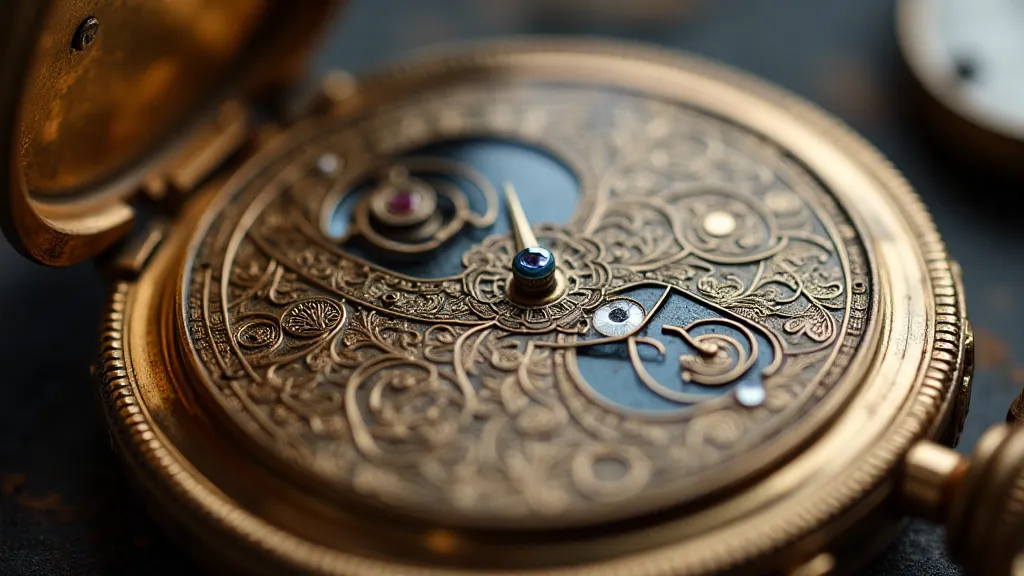
Conclusion
Determining the value of an antique pocket watch involves a holistic assessment of multiple factors. From rarity and condition to provenance and craftsmanship, each element contributes to the timepiece’s overall worth. For collectors and enthusiasts alike, understanding these factors is key to appreciating and acquiring these captivating pieces of history.


